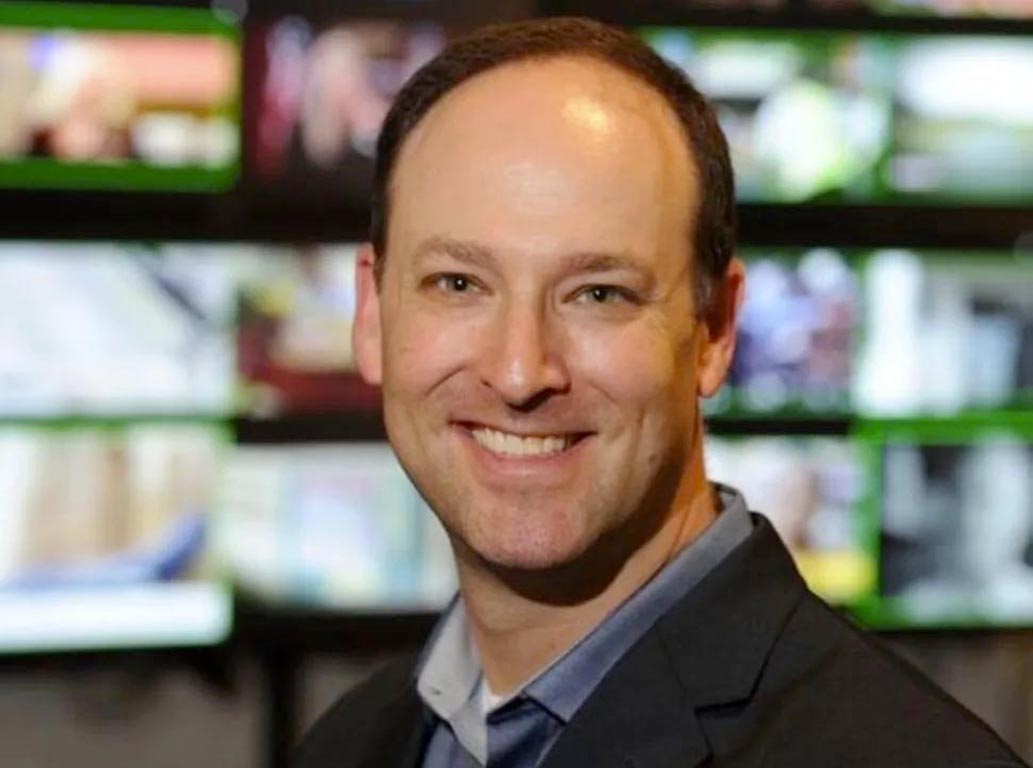Scripps CEO Joins Call for Stations to Negotiate Retrans Fees With vMVPDs
Gray TV also chimes in about CBS’s FuboTV deal that left affiliates on the sidelines (UPDATED)

E.W. Scripps Co. CEO Adam Symson called for stations to be able to negotiate retransmission consent deals with virtual MVPDs the same way they do with cable, satellite and telco TV distributors.
Newly created virtual multichannel video programming distributors (MVPDs) like YouTube TV and Sling TV currently negotiate with broadcast networks for national carriage on behalf of their owned stations and affiliates. The issue recently came to a head when the CBS affiliate board said a deal reached with Fubo TV did not give affiliates enough value for their local programming
Owners of CBS affiliates rejected the deal and Fubo is now streaming a national feed provided by CBS.
Earlier this week on Sinclair Broadcast Group’s earnings call, CEO Chris Ripley said “there is a growing consensus within the broadcast community and also within D.C., that this situation with the virtuals needs to change,” Ripley said. “It really is not consistent with the way the industry is set up and the way market power should be used.
On Scripps’s earnings call Friday morning, Symson said, “There’s no question that the virtual MVPDs and their customers want the local feeds.”
Symson said Scripps believes “the virtual MVPDs need to be considered MVPDs, just like cable and satellite.”
“What’s the difference whether the programming comes in over IP or cable or satellite or coax or fiber?“ he asked. ”It’s essential the same business and broadcast affiliates should have the wherewithal to negotiation directly with the virtual MVPDs for the distribution of our signal with the networks out of the way.”
Broadcasting & Cable Newsletter
The smarter way to stay on top of broadcasting and cable industry. Sign up below
Symson noted that Fubo was “pretty immaterial” as a distributor. “These are not existential issues or existential negotiations. But this is an example of where the regulatory framework needs to catch up to reality,” he said.
“We expect fair value in the distribution of our signals, whether they're to traditional MVPD virtual MVPDs,” he said.
Scripps already has extensive experience dealing with vMVPDs through its national networks division. Scripps has gained carriage of its digital over-the-air broadcast networks on vMVPDs including YouTube TV, which is now carrying Scripps’ Ion, Bounce and Court TV channels.
Scripps president Lisa Knutson said she expects vMVPD carriage to contribute to a 40% growth in the company’s connected-TV ad revenue in 2023.
“Our networks have grown with the growth of virtual MVPDs during this quarter,” she said. “We are planning to launch additional free ad-supported, or FAST, channels in the coming months.”
Also on Friday, at the end of Gray TV’s fourth-quarter earnings call, chairman and CEO Hilton Howell weighed in on the issue of Paramount negotiating with virtual pay-TV providers on behalf of CBS affiliates, an arrangement Gray and other station owners initially agreed to in order to help fledgling virtual carriers get off the ground.
“As a matter of just basic law and common sense, no other company has a right to negotiate on behalf of my company without our consent,” Howell said. Saying he was not going to negotiate in public or criticize anyone, he said “the negotiations in the past everyone agreed to, so they were handled in that way. The affiliate groups feel that times change.”
Howell said he read Ripley’s remarks on the topic in B+C. “I personally endorse his comments and where he articulated it,” he said.
“I’m very hopeful that we can work out something with all of the networks,” Howell said. “But we consented to where it has been. We will not be consenting going forward.” ■
Jon has been business editor of Broadcasting+Cable since 2010. He focuses on revenue-generating activities, including advertising and distribution, as well as executive intrigue and merger and acquisition activity. Just about any story is fair game, if a dollar sign can make its way into the article. Before B+C, Jon covered the industry for TVWeek, Cable World, Electronic Media, Advertising Age and The New York Post. A native New Yorker, Jon is hiding in plain sight in the suburbs of Chicago.

